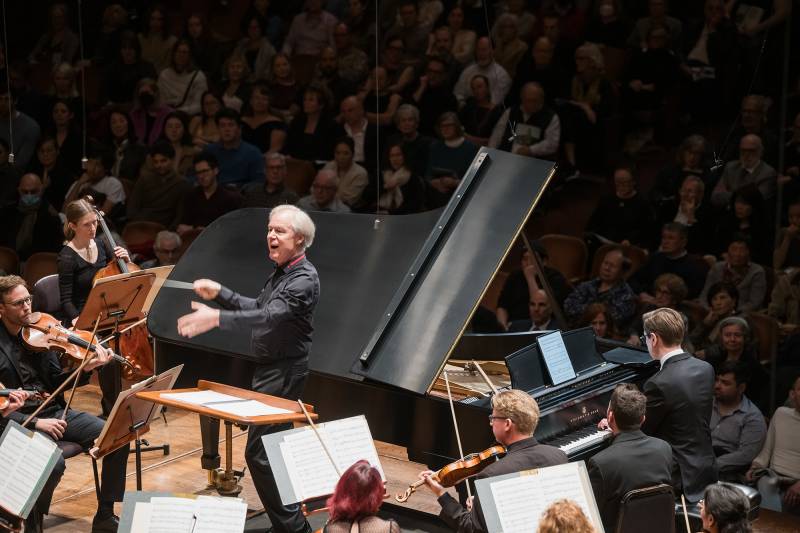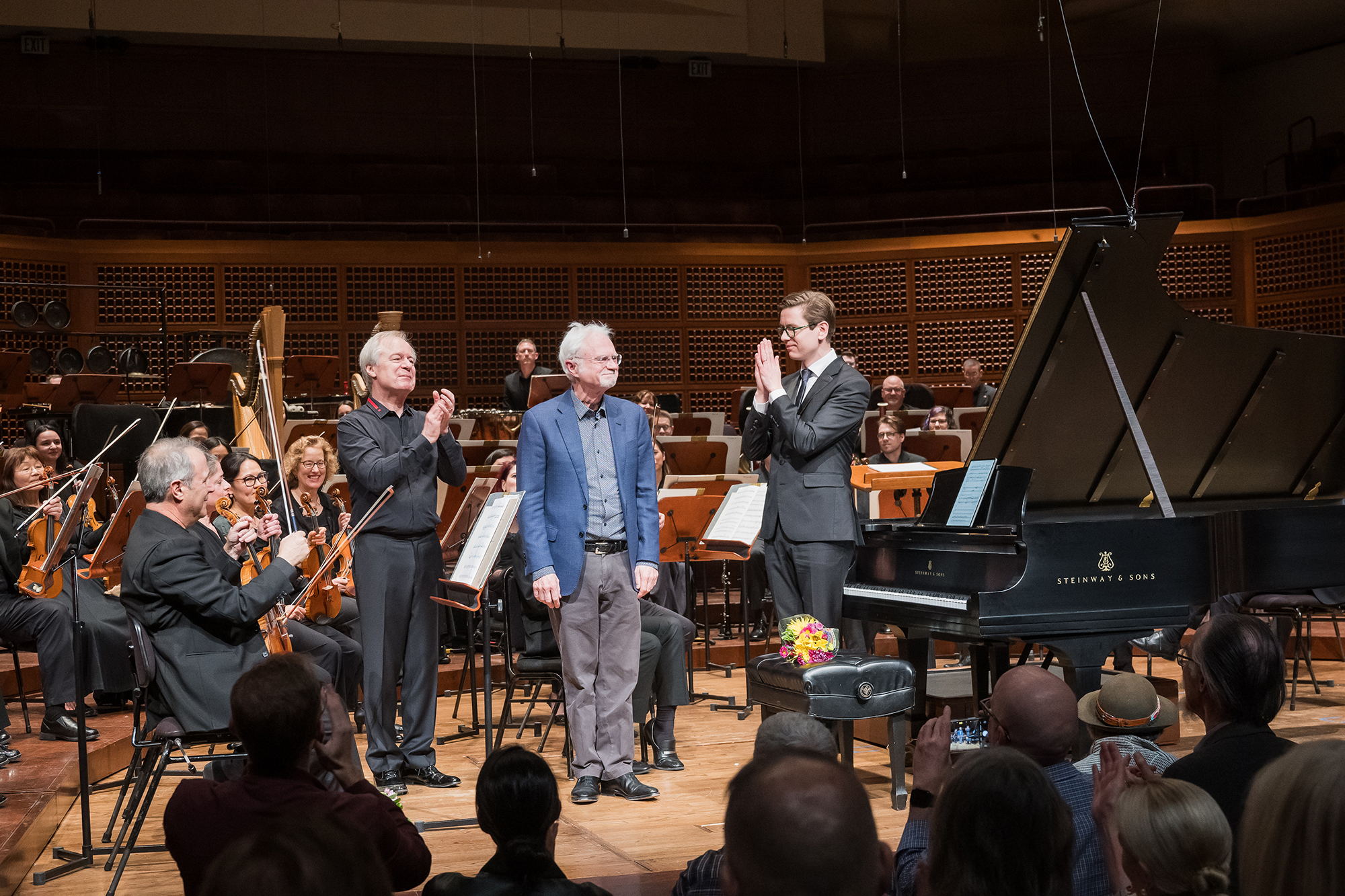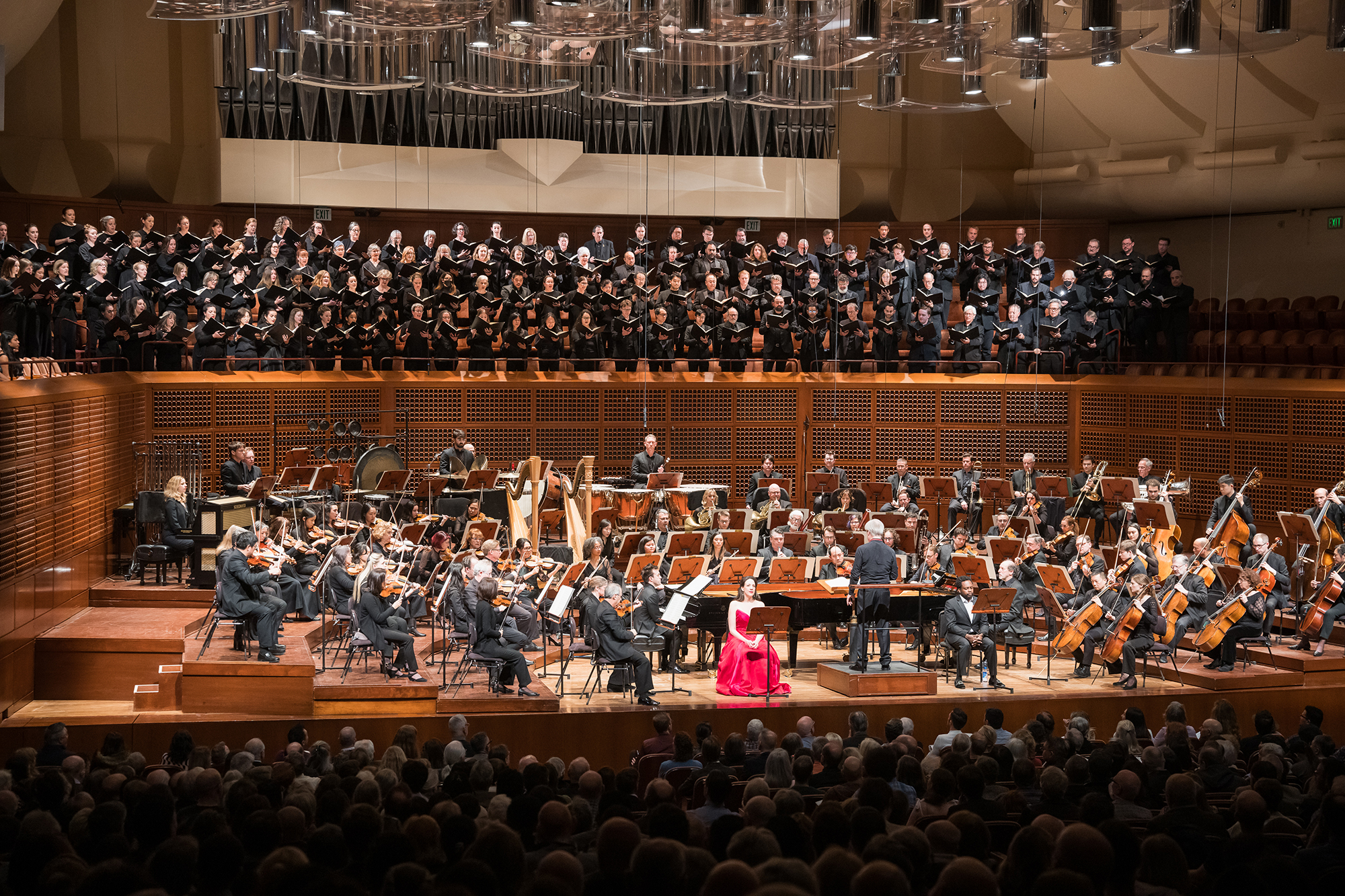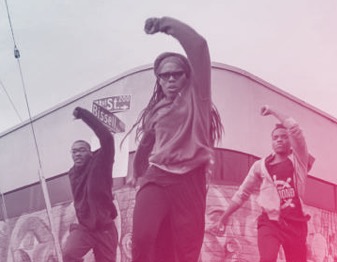One of my favorite moments in John Adams’ 2008 autobiography Hallelujah Junction comes when Adams, as a teenager on the East Coast, decides to sit next to Duke Ellington on his piano bench — while Ellington is in the middle of a concert. I love the brashness of this act; it is borne not of rudeness but a pure, unfiltered enthusiasm, with which I am very familiar. Adams studies Ellington’s fingers on the keys, and his subtle communication signals to the rest of the band, getting a close-up of a master at work.
During Thursday night’s world premiere with the San Francisco Symphony of Adams’ extraordinary new piano concerto, After the Fall, I kept returning to that image, of a young Adams soaking up game from an American genius, fascinated with jazz and its possibilities. Adams has unlocked those possibilities time and time again, incorporating syncopation from swing-era dance bands into his works, alongside ingredients from Nancarrow, Webern and others.
With After the Fall, performed Thursday night with David Robertson conducting and Víkingur Ólafsson at the piano, that melding becomes so natural as to almost be imperceptible, fully assimilated into Adams’ singular musical language. It’s a remarkable composition, one which unties all the knots of his previous piano concerto (2020’s beautiful and dense Must the Devil Have All the Good Tunes?). A recording of it cannot come soon enough.
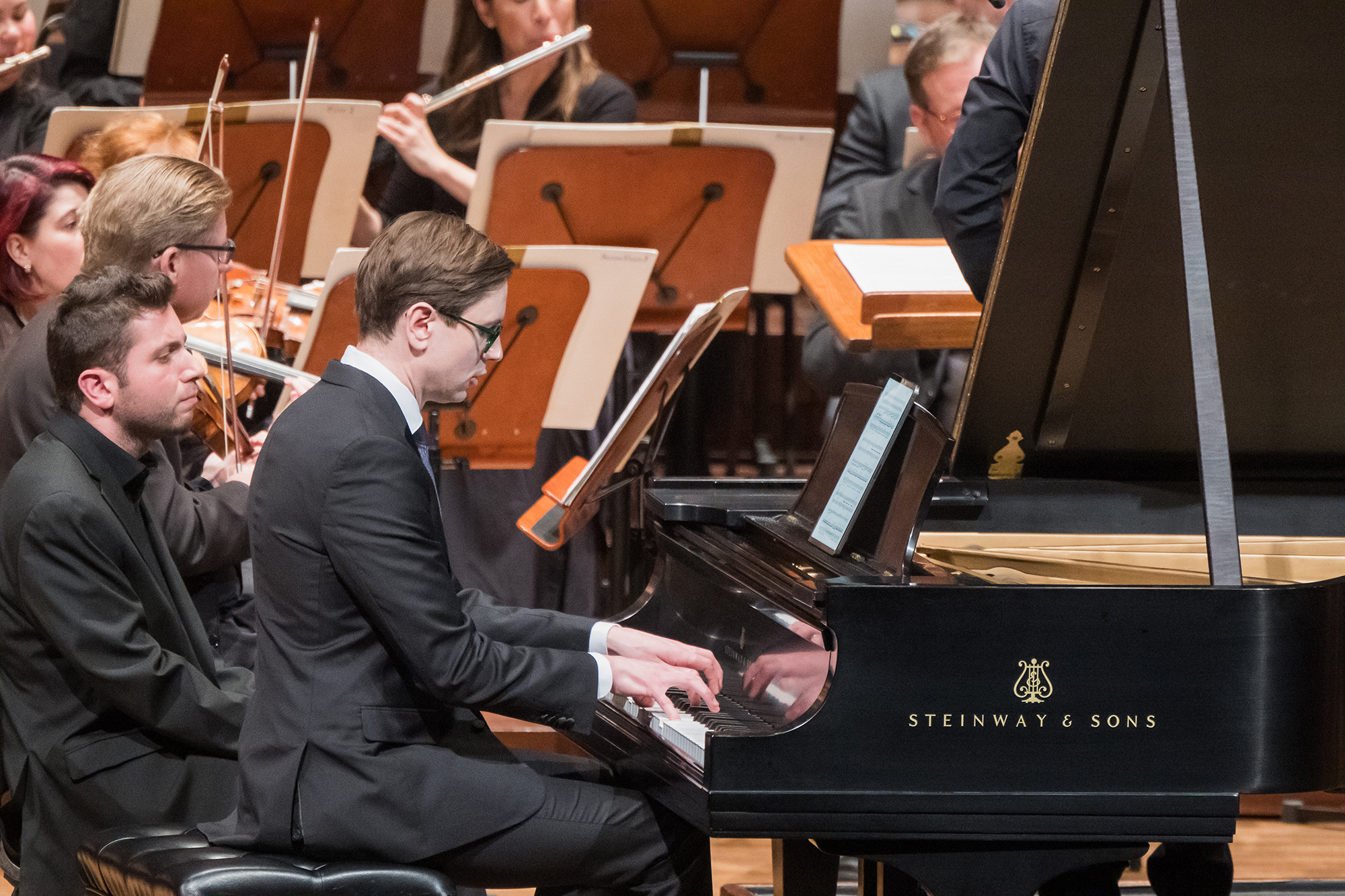
After opening with cascading notes on harp and celeste reminiscent of Bernard Herrmann’s Vertigo score, Thursday’s world premiere at Davies Symphony Hall of After the Fall presented blissful, clustered melodies on the piano, and the type of sharp jabs that Ellington once delivered on his piano from the brass and woodwinds.
I’ve never thought of Adams’ music as film soundtrack fodder, but After the Fall is laden with imagery — fields, flight, turbulence, pursuit, heartbeat. The serene second movement is a slow float through mild gales of wind. To my liking, it could have been even more quiet, and Ólafsson’s touch lighter, leading up to a pivot in which the orchestra thunders in. More pianissimo beforehand would add contrast, instead of the passages Silly-Puttying into each other.
